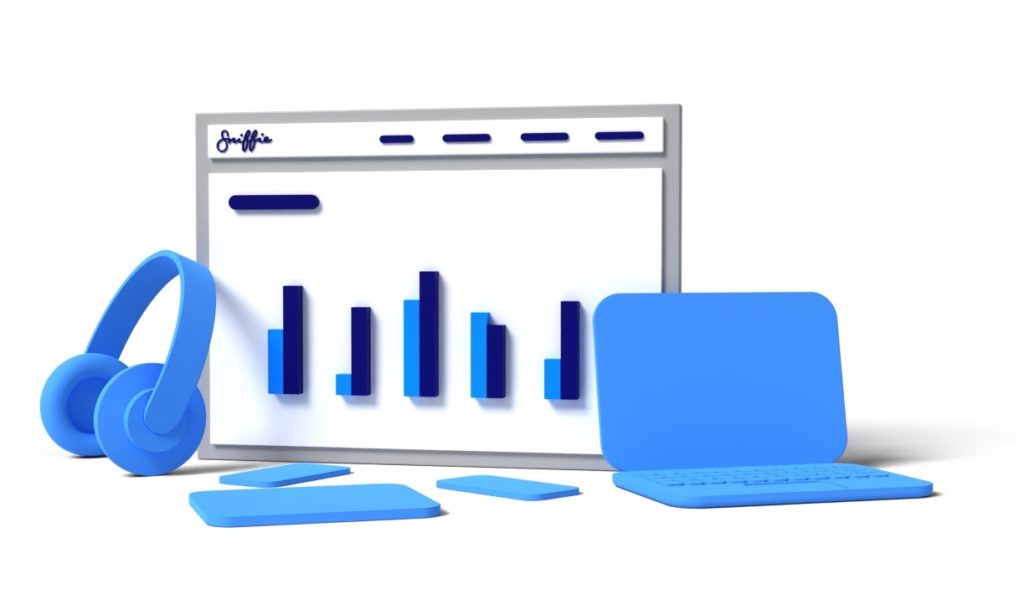Image: Image of man in green jacket walking in front of Sale sign by Marcus Spiske. Image Source: couponsnake.com
If you’ve ever bought something that was advertised as being on sale, then you’re already familiar with the concept of a discount campaigns – even if you haven’t heard that term before.
A discount campaign is a popular marketing strategy that combines discounted prices with targeted communications and advertising. It’s often used by businesses to quickly increase sales, attract new customers, or keep current customers loyal. To be successful, a discount campaign requires careful planning and execution.
To better understand discount campaigns and what they can do for your business, let’s have a closer look at the following:
Try it yourself - compare your campaign scenarios!

What is discount pricing?
Discount pricing refers to a type of pricing strategy where a product or service is offered at a price that is lower than its regular price. The purpose of this strategy is to increase sales volume by offering customers a lower price point.
Discounting works by making customers think that the product is more valuable than its price. There are different types of discounts, such as percentage discounts (e.g. 20% off), dollar amount discounts (e.g. $5 off), and volume discounts (e.g. buy two, get one half off).
What are discount campaigns?
When you start planning for a discount campaign, start by defining one clear goal. Discount pricing as a strategy is commonly used to reach goals such as:
- Promoting new products
- Attracting new customers
- Promoting seasonal items
- Improving customer loyalty
- Liquidating excess inventory
- Attracting price-sensitive customers
Planning for and implementing discount campaigns should always be done within the context of your own business’s unique needs, limitations and goals. Success in discount campaigning is dependent on understanding how and why discounting fits into the context of your overall business strategy. However, there are some universally common goals in business, such as those listed above, which you can use as great starting points when planning your discount campaigns.
Discounting the right products
After establishing your campaign goals, the next step is to identify the products or services which are likely to help you reach that goal. One common method is to incorporate items that exhibit high price elasticity and generous profit margins into your campaigns.
Choosing products with high-profit margins gives you more room for projecting campaign outcomes based on discount percentages. Another factor to consider is a product’s price elasticity. A product is regarded as highly elastic when a change in price directly results in a rise or fall in demand. Elastic products are therefore very sensitive to changes in price.
Targeting your customers with regularly scheduled discount campaigns throughout the year can help you build brand loyalty. Since discounted prices are temporary and below the market average, they create a perception of value for the consumer. The temporary nature of campaign discounts also attaches a sense of urgency to the created value perception. This is what inspires purchasing activity.
It is also wise to select popular products when planning for a discount campaign. Try looking for products that are popular among your regular customers, and which also have high elasticity and generous margins.
Selecting such products optimizes a discount campaign’s potential for success in a number of different ways:
- Attract customer activity
- Generate purchases
- Increase overall sales volume
- Drive profit/reduce costs
- Create perceived value for consumers
Conclusion
As a retailer in the world of e-commerce, you may decide to run discount campaigns to achieve any number of goals. It might feel counterintuitive that discounting prices can help increase overall profitability. Indeed, a lack of planning can result in losses when running discounts. The success of a discount campaign depends on price elasticity, product volume, how discount pricing is being leveraged, and to what end.
In order for a discount campaign to be successful, it’s important to start from the beginning and plan carefully. If you wish to increase customer purchases and drive customer loyalty then check out the Sniffie Pricing Academy. Our course on Campaign Pricing and become an expert in no time!
The manual work around planning and executing discount campaigns can be very time-consuming and uncertain. If you are running campaigns on a regular basis it is worth the while to take a look into a software solution dedicated to enhancing the results of discount campaigns.


